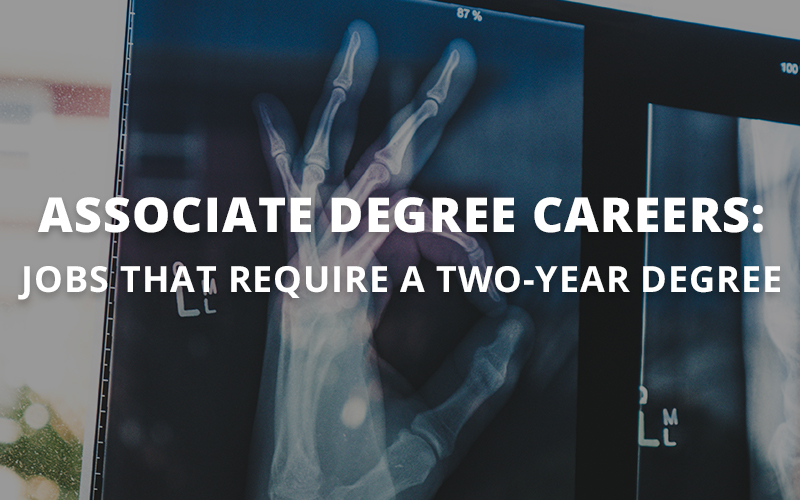Financial Aid
Complete Guide on How To Become A Supreme Court Justice In 2023
There are no explicit provisions in the United States Constitution for appointing someone to the Supreme Court.
However, there are procedures in place for becoming a Supreme Court Justice.
let’s take a look at them.
What Are The Qualifications to be a Supreme Court Justice?
Qualifications for Justices, such as age, education, occupation, or citizenship of native birth, are not listed in the Constitution.
A Justice does not need to have attended law school or be a practicing attorney, but they all have legal training.
Because there were no law schools in the country during the 18th and 19th centuries, many Justices learned the law from a mentor.
George Washington’s Requirements To Become A Supreme Court Justice
George Washington was the first President of the United States and nominated the most Supreme Court justices.
However, only 11 of those nominees were confirmed by the court.
Washington also named 28 lower court positions.
Must Read: Lemon Law Experts Scholarship Program for Undergraduate Students
The following is George Washington’s requirement for becoming a Supreme Court Justice:
- Support for and propagation of the United States Constitution
- Outstanding contribution to the American Revolution
- Active participation in a state’s or the country’s political process
- Previous judicial experience with lower tribunals
- You must have a “favorable standing among his peers” or be personally acquainted with Washington.
- Geographic suitability—the first Supreme Court was made up of circuit riders.
- Dedicated to the country
Who Chooses The United States Supreme Court justices?
The president of the United States nominates potential Supreme Court justices, who must be confirmed by the United States Senate before being seated. The Constitution makes no mention of any specific qualifications that a justice must possess. Presidents typically appoint individuals who share their political and ideological views, but justices are not required to reflect the president’s views in their case decisions.
Here’s how the US Supreme Court nominee is selected:
- When a vacancy on the Supreme Court occurs, the president appoints a new justice.
- Typically, the president selects someone from his or her own political party.
- Typically, the president selects a judge who shares his or her judicial philosophies of activism or moderation.
- The president may also appoint someone from a diverse background to provide the court with greater outstanding balance.
- Following that, the Senate approves the presidential appointment by a majority vote.
- Before being confirmed by the full Senate, the nominee usually appears before the Senate Judiciary Committee.
- A Supreme Court nominee is rarely forced to resign.
- So far, only 30 of the more than 150 nominees for the Supreme Court have declined, been rejected by the Senate, or had their nominations withdrawn by the nominating president.
- There was only one candidate nominated for Chief Justice.
How Are Supreme Court Judges Selected?
The common yardsticks used by US presidents to select Supreme Court justices are based on the selection criteria used by previous US presidents.
- Political and ideological harmony
- Personal friendship Objective achievement
- On the court, there is equal representation (by region, race, gender, religion)
Complete guide to Becoming A U.S. Supreme Court Judge
Here’s a complete guide to becoming a United States Supreme Court justice:
1. Consultation
Before making a nomination announcement, the President consults with his advisers, including senators, to develop a shortlist of potential nominees. Each potential nominee’s public and private qualifications will be scrutinized by government officials.
The names of the candidates under consideration for nomination by the President do not need to be made public.
There are no time constraints on when a position must be filled or the process completed.
A nominee may be announced immediately after a vacancy, or it may take months.
The speed of this process will be influenced by external factors such as political concerns or early notice of a vacancy.
2. The Senate Judicial committee vets the candidates
After the President nominates and notifies the Senate, the Senate Judiciary Committee investigates a nominee’s credentials.
Although this procedural step is not required, it has become common practice since the Civil War.
The Senate Judiciary Committee is made up of senators from both the Democratic and Republican parties.
3. The president presents a nomination to the senate
Before the President formally submits the nominee to the Senate, the American Bar Association’s Standing Committee on the Federal Judiciary evaluates it.
The committee evaluates a nominee solely on their professional credentials and does not consider their philosophy or ideology.
4. The Senate judiciary Committee schedules a hearing
A hearing will be held by the Senate Judiciary Committee to discuss the nominee’s qualifications.
Before the hearing, the Committee will collect the information it will use to interview the nominee.
It is possible to conduct personal and professional background checks on the candidate.
Furthermore, the nominee will prepare to testify before the Senate Judiciary Committee.
5. Witnesses and testifiers will be permitted.
During the sessions, witnesses who support and oppose the candidate will testify.
Senators on the Committee will be able to hear from witnesses and question the application about the data gathered. There are no set requirements or standards for US Supreme Court justices.
When Alexander Hamilton stated in Federalist Paper 78 that those chosen to serve must “combine the requisite honesty with the requisite knowledge” in order to be “fit for the stations of judges,”
he established the historical expectation that judges will act impartially and with integrity.
There is a tradition of expecting nominees to have exceptional legal credentials, as evidenced by time spent as inferior court judges, legal study, and reputable private practice.
Although a law degree is not required for Supreme Court justices, all have one up to this point.
6. A decision is made by the Senate Committee
Following the hearings, members of the Senate Judiciary Committee vote on the nomination.
They have three options: accept, reject, or refuse to recommend.
Their selection is sent to the full Senate for debate.
7. The full senate debates and votes
The nominee is debated by the entire Senate, according to Senate Rules. A simple majority vote (51 to 49) is currently required to end the debate and call the question.
In April 2017, the Senate ended the use of filibustering, which allowed for indefinite debate on the floor and was frequently used by the minority party to postpone or thwart votes on initiatives, including Supreme Court nominations.
To formally end the debate, 60 senators, or a two-thirds majority, needed to vote in favor of cloture.
The senate votes on the candidate at the end of the debate.
A simple majority of senators present and voting is required for a nomination to be confirmed.
In the event of a tie, the Vice President casts the deciding vote.
Trending: Fangda Partners Law and Technology LLM Scholarship
What Makes A Good Judge?
Several people have attempted to compile a list of qualities that constitute a great federal judge, primarily by studying the court’s history.
Here are the eight criteria for a good judge, according to American scholar Sheldon Goldman:
- Objectivity during litigation
- Fair-mindedness
- Understanding of the law
- The ability to think logically and clearly while documenting
- Individual honesty
- A judge must be physically and mentally fit.
- Judicial temperament Must be able to use judicial power wisely.
How Long Does It Take The Senate To Approve A Supreme Court Judge?
According to data from the Senate Judiciary Committee, it typically takes two and a half months for a nominee to receive a full vote.
Prior to 1981, the Senate was known for moving quickly.
During the administrations of Presidents Harry Truman through Richard Nixon, justices were routinely confirmed within a month of their nomination.
From the Ronald Reagan administration to the present, the procedure has been significantly lengthened.
Can A Supreme Court Justice Be Removed?
Justices “must maintain their Offices during good Behavior,” according to the Constitution.
As a result, the Justices are not subject to term limits and can be removed only through impeachment.
How Long Does it Take to Become a Lawyer in the USA?
In the United States, becoming a lawyer requires seven years of education.
There are four-year undergraduate degrees and three-year law school degrees.
First
You must have an undergraduate degree from an approved institution or college.
It makes no difference what field of study you choose for your bachelor’s degree.
However, ensure that the classes you took for your bachelor’s degree in Public Speaking, English, History, Economics, Government, and Mathematics are included.
Second
You must attend law school.
To do this, you must first be admitted to law school (LSAT).
During your three years of law school at an ABA-accredited institution, you’ll study constitutional law, contracts, property law, civil procedure, and legal writing.
Lastly
You must take the Bar Exam in the state where you intend to practice law.
It will take two to three months to prepare for the bar exam and another few months to wait for the results, but the entire process should take less than a year.
After passing the bar exam, formal admission to the bar is required.
This requires passing the fitness and character test administered by your state’s bar association.
This could take several months, depending on how clean your past is.
Conclusion
The Supreme Court of the United States, the nation’s highest court, leads the federal government’s judicial branch.
It is commonly abbreviated as SCOTUS.
I hope this article on how to become a Supreme Court Justice in the United States answers your question.
Join our 77,000+ students and never miss our members’ exclusive Jobs Abroad and Scholarship updates.
Gain Access to our Private Group
See what others are reading:
- Easy Guide on How To Become An Amazon FBA Seller In 2023
- Job as a social worker at Western Regional Health Authority
- Law Office of Jae Lee Immigrant Student Scholarship, USA













